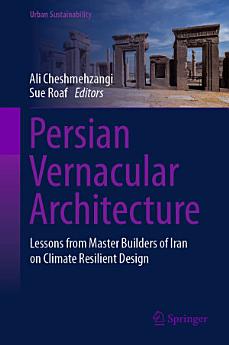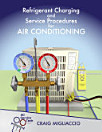Persian Vernacular Architecture: Lessons from Master Builders of Iran on Climate Resilient Design
eBook 정보
We strongly urge a return to the vernacular as a source of inspiration and knowledge. Hence, a genuine dedication to dedicated Ostads or master builders of Iran, who have contributed extensively to making and co-creating climate-resilient architecture and climate-sensitive design. This is more than just a box-ticking sustainability exercise and delves more deeply into the building performance and its impact on our everyday life, our health and wellbeing, and us as human beings. The book posits that contemporary architects and designers can learn valuable lessons by studying the adaptive strategies and sustainable practices embedded in the traditional vernacular architecture of Iran. These lessons are crucial for addressing modern challenges such as climate change, resource scarcity, and the need for energy-efficient buildings. By revisiting and analysing vernacular architecture, the book aims to bridge the gap between traditional knowledge and contemporary design practices. It provides a comprehensive exploration of how vernacular principles can be integrated into modern architectural education and practice. The goal is not only to preserve traditional wisdom but also to innovate upon it, creating buildings that are both culturally relevant and environmentally sustainable.
The contributing case study chapters of the book include an excellent range of practical recommendations for architects, researchers, and policymakers. By fostering a deeper understanding of vernacular architecture, the book seeks to inspire a new generation of architects to create buildings that are harmonious with their environment and resilient to future challenges. Through this approach, we believe lessons from vernacular buildings ought to offer the promise of reintegrating real Resilience into the design of the next generation of buildings.
저자 정보
Ali CHESHMEHZANGI is a Professor and Head of the School of Architecture, Design and Planning (ADP) at The University of Queensland, Brisbane, Australia. He is among the top 30 global scholars in the urban sustainability research area. With a career spanning over two decades, he has made significant contributions to the academic and professional communities, with a focus on sustainable and environmentally conscious design. He also remains affiliated with the Network for Education and Research on Peace and Sustainability (NERPS) at Hiroshima University, Japan. So far, Ali has published over 500 journal papers, articles, conference papers, book chapters, and reports. He also has 34 other academic books, three of which have received awards at the international, national, provincial, and municipal levels. He also has received international awards and recognition for his research on urban resilience studies and sustainability research, as well as a Vice-Chancellor’s award for his impactful contribution to higher education.
Sue ROAF is an Emeritus Professor of Architectural Engineering at Heriot-Watt University, Edinburgh, and the winner of the 11th Farabi International Award for Iranian Studies in 2020. An award-winning architect, teacher, and author/editor of 24 books her PhD was on the Windcatchers of Yazd, Iran. She is best known for her pioneering work on domestic solar energy and eco-design. In 1995 She built a house in Oxford designed to minimise emissions from her lifestyle with the first photovoltaic roof in Britain. Using low-energy construction techniques, high thermal mass, and wood-burning, many of its climatic features were inspired by Persian vernacular architecture as explained in her internationally best-selling book on Ecohouse Design. Her public services have included 7 years as an Oxford City Councilor, membership of the UK Architect’s Registration Board, and 5 years leading research on Climate Adaptation for Scotland. She has organised and chaired many international conferences including those on comfort at the extremes.






